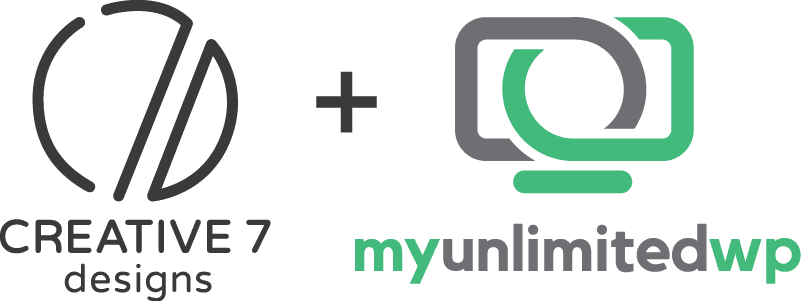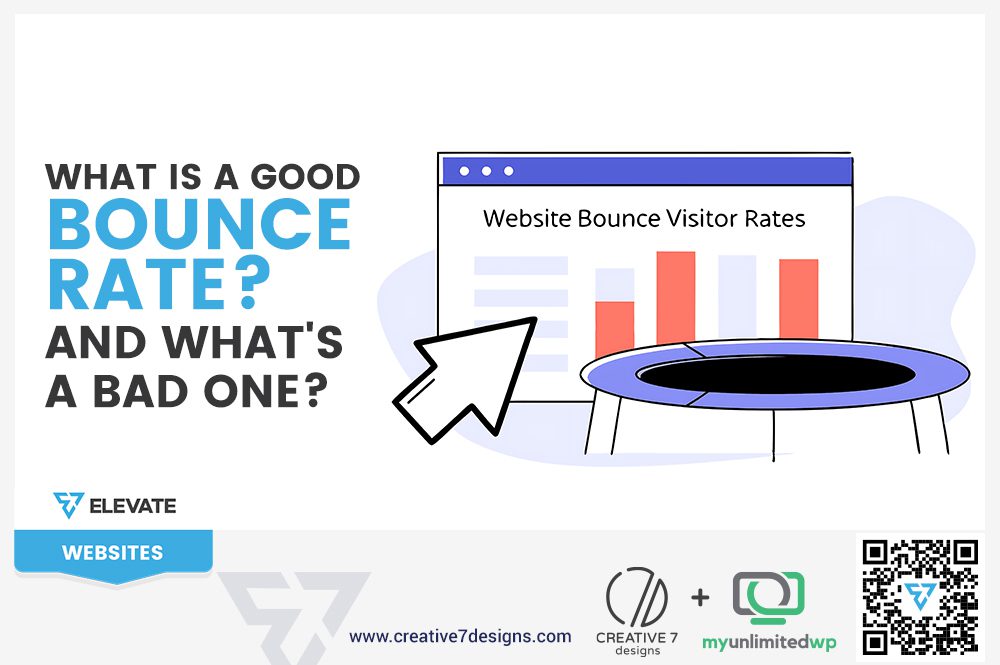Overview: Is your bounce rate helping or hurting your site? Learn what a good bounce rate looks like, what causes a bad one, and how to improve your site’s performance today. Read on!
Your bounce rate is trying to tell you something. The real question is — are you listening?
Every website has a bounce rate, but not every business knows what to do with it. Is your bounce rate too high? Is it normal? Is it secretly sabotaging your success?
When you hear the term bounce rate, what comes to mind? Maybe a frustrated visitor clicking the back button — or worse, someone who never gave your site a chance. But here’s the truth: bounce rate isn’t always a bad thing.
Understanding bounce rate — and what makes it “good” or “bad” — can help you fine-tune your website, improve user experience, and boost conversions.
In this guide, we’re breaking down everything you need to know: what bounce rate actually means, what qualifies as good or bad, and — most importantly—how to fix it if it’s holding your site back.
Let’s dive in!
First, What Is Bounce Rate?
Bounce rate refers to the percentage of visitors who land on a page of your website and leave without clicking on anything else. No second page visit. No interaction. Just a quick exit.
In simple terms, imagine someone walking into your store, glancing around, and walking back out without saying a word or checking out what you offer. That’s a “bounce.”
It doesn’t always mean disaster — but it can be a red flag, depending on the situation.
Why Does Bounce Rate Matter?
Bounce rate helps you understand how well your website is connecting with your audience.
If people are leaving quickly, it could mean the page didn’t meet their expectations. Maybe it took too long to load. Maybe the design was overwhelming. Or maybe the content didn’t deliver what they were promised from a search result or ad.
A high bounce rate isn’t automatically bad. But it’s worth paying attention to because it gives you clues about where your site might be underperforming.
What’s a Good Bounce Rate?
Here’s the truth: bounce rate benchmarks vary based on your industry, the type of content you publish, and what the user is trying to do.
For example, a blog post that answers a specific question might naturally have a higher bounce rate. People get the info they came for and leave satisfied. On the other hand, if your service page or homepage has a high bounce rate, it could mean visitors aren’t finding what they need — or aren’t sure where to go next.
Generally speaking, a lower bounce rate is better because it signals that people are staying, exploring, and engaging. But again — context is everything.
>> Related Reading: What is Bounce Rate & What is a Good Rate?
When Is a High Bounce Rate a Problem?
A high bounce rate becomes a concern when it’s paired with poor engagement, low conversions, or short session duration.
Let’s say your homepage or sales page has a bounce rate above 70%. That’s a red flag. It could mean your messaging isn’t clear, your offer isn’t compelling, or the design is turning people away.
Similarly, if a user lands on a contact page or product detail page and bounces without taking action, you’ve likely lost a potential lead or customer.
In these cases, bounce rate becomes a symptom of a deeper issue — one that’s costing you opportunities.
Here’s a quick guide on >> 12 Reasons Your Website Can Have a High Bounce Rate that might interest you!
A Note on “Good” vs. “Bad” Bounce Rates
The truth is, there’s no universal number that separates a good bounce rate from a bad one. It always depends on the page’s purpose and the user’s intent.
Instead of obsessing over a specific percentage, focus on the bigger picture. Are people engaging with your site? Are they converting? Are they coming back?
Bounce rate is just one piece of the puzzle. It’s useful — but only when paired with other insights like time on site, page views, and conversion rates.
A good bounce rate shows you’re connecting with your audience. A bad one is simply a sign that something needs attention.
Either way, the fix almost always starts with better content, stronger UX, and a clearer call to action.
So, if your bounce rate’s been giving you anxiety lately — breathe easy. You’re just one smart tweak away from turning it around!


